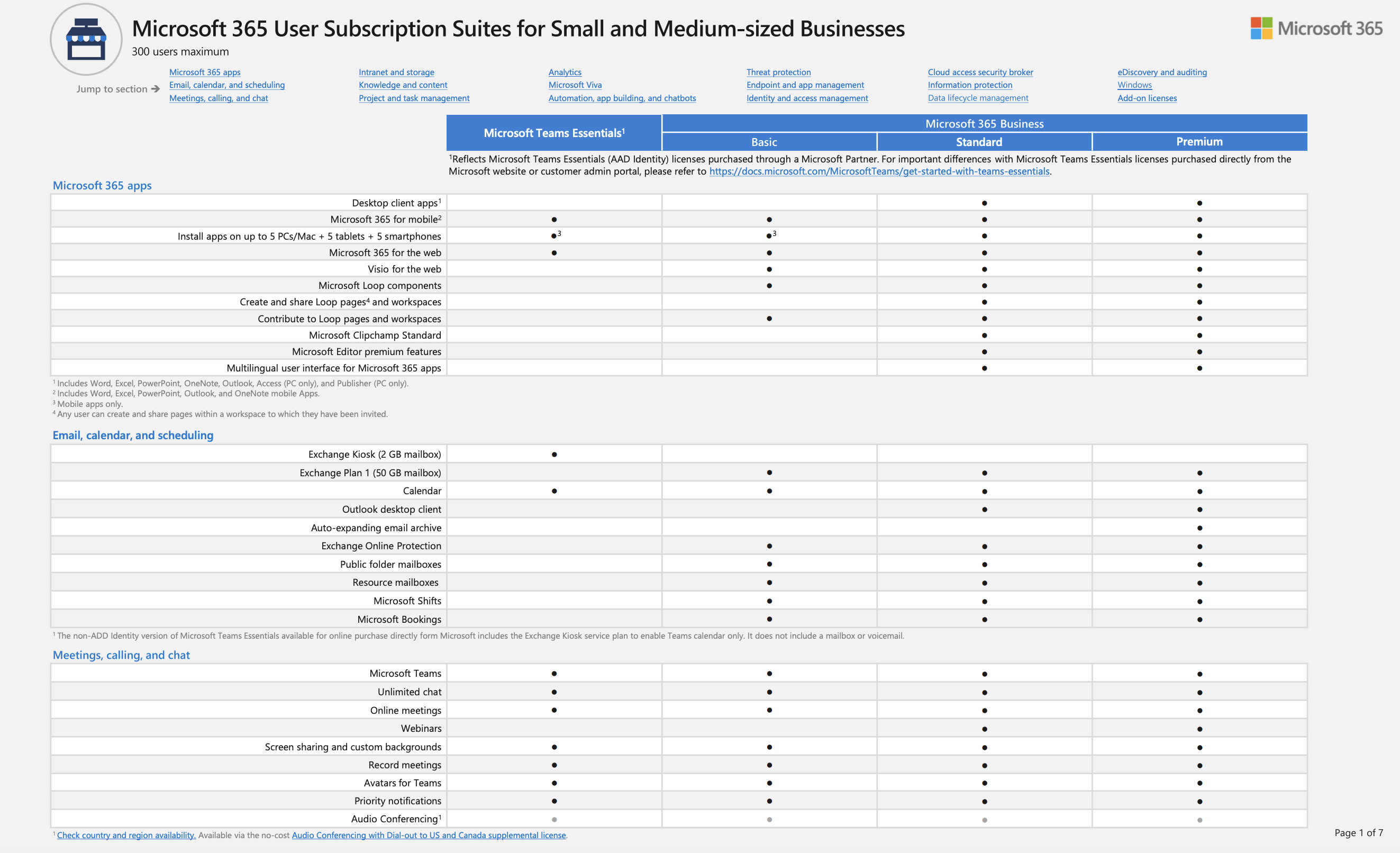In these times of global economic uncertainty and rising energy costs, every business is having to closely examine their overheads, and IT overheads are no exception. This article will give you some good ideas of where to look for savings without compromising the security or functionality of your current systems.
- Electricity – let’s start with the most obvious. If you have a single on-premise server, that server will be switched on 24x7x365 and drawing, let’s say, 250 watts. Back in 2020, over a 12 month period, that could have cost you as little as ~£350 per annum. Fast forward to 2023 and it’s probably more like ~£1,000 per annum. Couple this with all the other IT equipment switched on 24x7x365 plus any computers left switched on overnight and over the weekend, it can be a real drain on your profits. Consider upgrading to energy efficient hardware (old server hardware is often referred to as the gas guzzlers of the IT world), turning off any redundant IT equipment and migrating all your server’s roles to the cloud; but also consider policies rolled out to all your endpoints that would allow them to be put to sleep when they’re not in use.
- Microsoft 365 – If your company subscribes to Microsoft 365, it’s worth you or your IT support provider (or The Virtual IT Director) doing a Microsoft license audit. There can often be unallocated licenses that you’re paying for unnecessarily, there can be users that are subscribed to the wrong SKU and there can be offers from Microsoft that you’re not aware of. In short, depending on the size of your business, it would not be difficult to save >£1000 per annum here, all of which is added straight to your bottom line.
- Housekeeping – you may have seen my previous blog on this topic, but essentially, the less data you store, the less ongoing costs you have, the less capital outlay you have and the less impact an IT disaster has on your business. View the full blog here – https://bit.ly/3Hl8E70
- Invoices – internally, go through the exercise of examining all your IT invoices for the last 12 months, but also, dig a little deeper to understand what those products and services are and see if there’s any overlap in cover. Often what is unearthed by this process is contracts that are in place that have not been required for months (and even years). For instance, a broadband line at an account manager’s home who left 3 years ago, or an extended warranty on a server that was retired last year.
- Cost Analysis – On-premise / Cloud – There’s no one size fits for whether you should have all your IT resources on-premise or in the cloud. So whether you’re already cloud or on-prem, invest the time and examine which stacks up financially the best, it might surprise you! Don’t forget to include electricity in your calculations!
- Automate – You don’t have to be a computer programmer to automate everyday and mundane tasks. Examine some of the workflows in your company and see if there are any repetitive tasks that are carried out, particularly those that are prone to human error. Tools you (yes, you!) could dip your toe in the water with include Microsoft Outlook (quick steps and rules), Microsoft Excel and Power Automate (in M365); or speak to The Virtual IT Director on how you can automate more complex tasks.
- IT Professional Services – whether you’re PAYG or you’re on fixed price contracts, there’s always a financial cost somewhere when consuming IT professional services. In most scenarios, you can use your in-house staff to carry out non-technical IT tasks. Examples of this include password resets, creating accounts for new starters, basic in-house training on applications, revoking access, server first aid and much more. Speak to your IT support provider about buying some of their time for internal staff training. Also, take a peak at my previous blog, ‘10 ways to get the most out of your IT support company‘ – https://bit.ly/3XXyUeV
- Cyber-security – the financial cost to your business of being a victim of a cyber crime is significant. Whilst not a direct cost saving to your business, as they say, prevention is better than the cure, and as per my recent blog, there are four effective ways to ramp up your cyber security for £0.00, view the full blog here – https://bit.ly/3Yvg4vB
- ROI – Getting a good return on your IT investments is key to maintaining profits. This doesn’t mean clinging on for dear life until something breaks catastrophically, but there is a fine balance between that and having an awareness of software EOL (end-of-life), parts availability and an IT support company’s product awareness and ability to resolve issues with aging products. If your assessment indicates you can safely and comfortably keep that server for another 12-36 months, do it, but be prepared to react financially that little bit quicker when the time does come to invest. Top tip – to squeeze another year or two out of your laptops and desktops, consider replacing any traditional spindle hard drives with solid state hard drives (SSD).
- The Virtual IT Director – and finally, the most effective way to control your IT overheads is to take advantage of me, The Virtual IT Director and it’s as simple as 1-2-3…
- Step 1 – Full IT Assessment + get to know you, your colleagues and your business
- Step 2 – A face-to-face meeting to identify your IT goals, your objectives and your pain points
- Step 3 – Pick a virtual IT director monthly, quarterly or annual package that suits you
Find out more at the-vitd.co.uk



